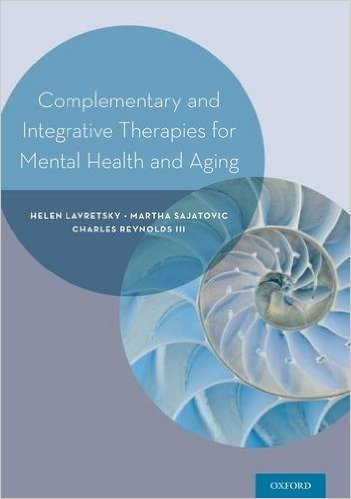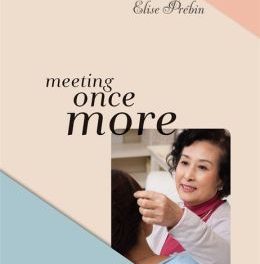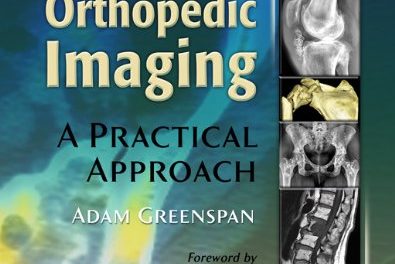Editors: Helen Lavretsky, MD; Martha Sajatovic, MD; and Charles Reynolds III, MD
Publisher: Oxford University Press – 571 pages
Book Review by: Sonu Chandiram
By 2050, there will be more than two billion people at or over the age of 60 on the planet, in a total population of anywhere between 8.3 billion and 10.9 billion, according to the United Nations Population Fund. In 2013, there were 841 million people that were 60 years or older.
In a world where one in five or even one in about four people will be over 60 years old, the burden and the cost of chronic disease will put pressures on many countries, particularly on Japan, the United States and most of Europe, which have the largest senior populations.
At the end of 2015, there were about 7.35 billion people on earth, with 4.39 billion or nearly 60 percent in Asia, 1.2 billion or 16 percent in Africa, 738 million or nearly 10 percent in Europe, 634 million or 8.6 percent in South America, 358 million or 4.8 percent un North America, and the rest in other parts of the world.
One important question to ask about the year 2050 is: what will be the state of healthcare then? Will medical advancements be so much further ahead by then that cures will have been found for most major ailments such as cancer, diabetes, and heart disease? And because of this will older people look and feel younger, and live longer? And how extensively will better healthcare be available, including in currently poorer parts of the world, such as Africa?
Building greater resilience to disease for older people and achieving better well-being for them is one of the reasons this book was written. The editors write in the Preface: “More and more, clinicians and family caregivers will need guidance in finding successful strategies to support resilience and effective coping with aging-related diseases. More researchers will face the issue of inadequate treatment response in the presence of neuropsychiatric and medical comorbid disorders. And psychosocial issues like bereavement and caregiver stress…”
To address these and other issues that aged people face, this book was developed with the combined efforts 74 contributors, including three editors, from the United States and other six countries – Australia, Brazil, Canada, China, India, and Sweden. They authored the 33 chapters of this book, which are organized around four Parts:
- Part I – Overview
- Section A. Basic Biology of Aging Underlying Disorders of Aging
- Section B. Research Methodology and the Research Agenda in Developing Integrative Interventions for Older Adults
- Part II – Promoting Well-Being Through Holistic Interventions
- Section A. Nutritional and Herbal Medicine
- Section B. Manipulative and Body-Based Systems
- Section C. Whole Medical Systems
- Part III – Stress-Reducing Interventions
- Section A. Biologically7-Based Systems
- Section B. Mind-Body Medicine
- Part IV – Integrative Interventions of Cognitive Aging and Later Life Mental Disorders
- Section A. Cognitive Aging, Dementia Prevention, and Integrative Therapies
- Section B. Mental and Physical Disorders of Aging and Integrative Therapies
- Section C. Integrative Medicine and End-of-Life Care
The editors point out that an area of medicine known as ‘complementary, alternative, or integrative medicine’ or CAIM for short – a set of systems, practices, and products – “is well-positioned to offer interventions leading to the prevention (emphasis mine) of major mental and physical diseases of aging and the improvement of the quality of life for aging individuals and their families.”
They write that this volume provides a concise update of recent advances in therapies that address the disorders of aging, as well as the latest research on the mechanisms of response to CAIM interventions which help prevent and treat the diseases of older people.
This is an excellent work that’s well focused on the treatment of ailments particular to, or relating to the aged and aging population. It is authoritative because the editors and contributors are experienced specialists in treating a sector of the population that is more susceptible to certain diseases and disorders. The material is well organized and written.
Editors:
Helen Lavretsky, MD, MS is Professor of Psychiatry, Semel Scholar in Integrative Mental Health, and Director of the Late Life Mood, Stress and Wellness Research Program at the Semel Institute for Neuroscience and Human Behavior at the University of California Los Angeles in Los Angeles, California.
Martha Sajatovic, MD is with the Case Western University School of Medicine and University Hospitals of Cleveland in Cleveland, Ohio.
Charles Reynolds III, MD is with the Western Psychiatric Institute and Clinic, and the University of Pittsburgh School of Medicine in Pittsburgh, Pennsylvania.







